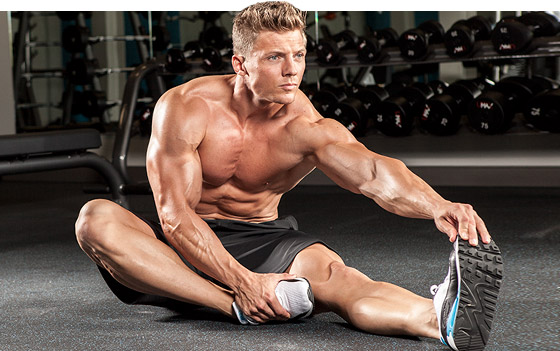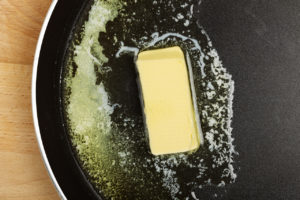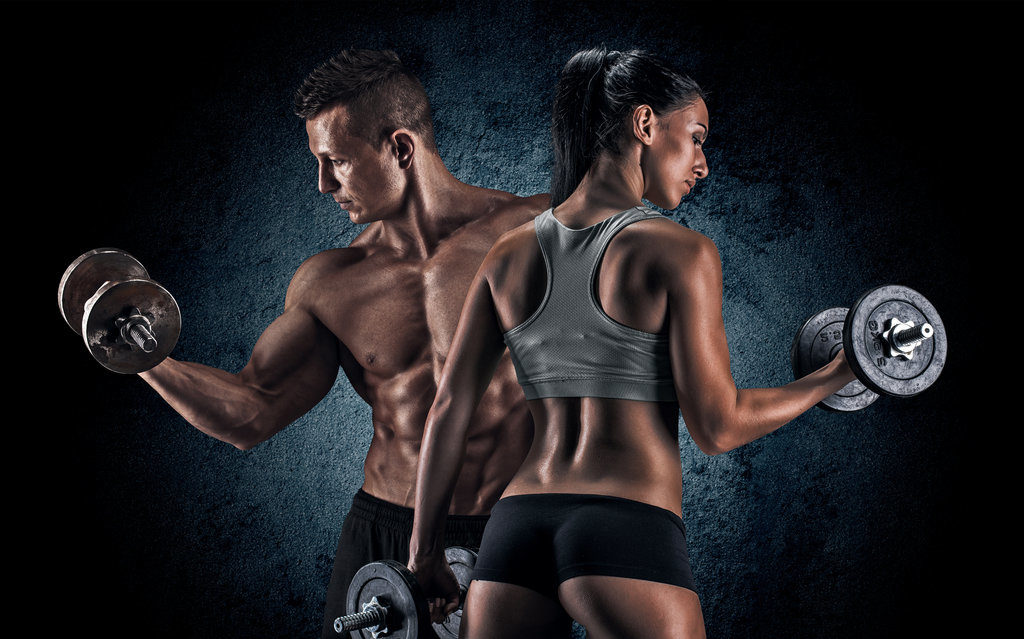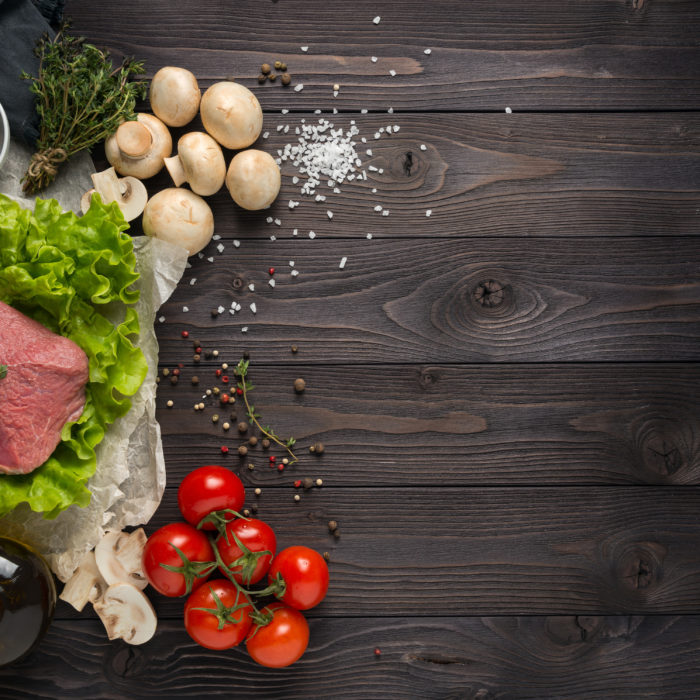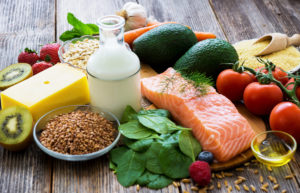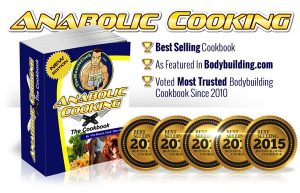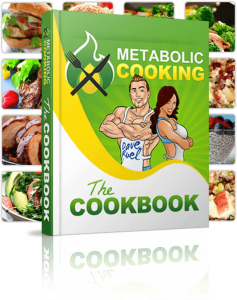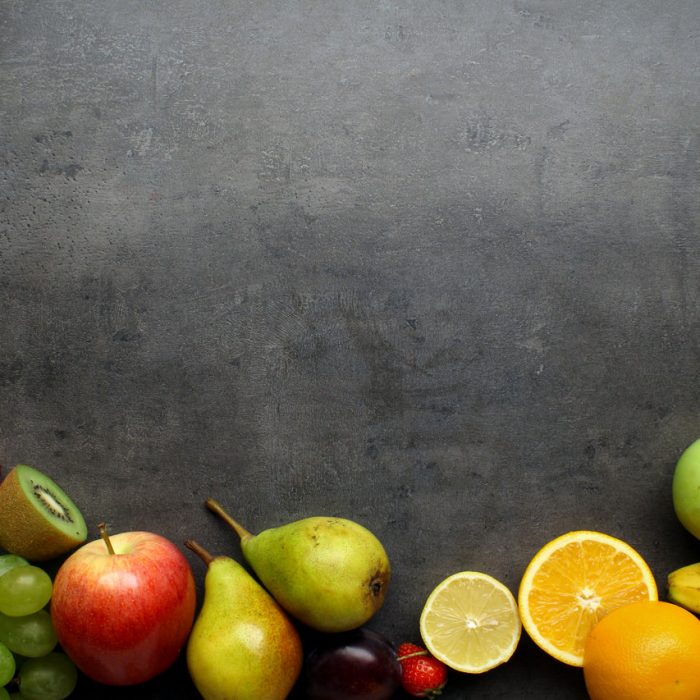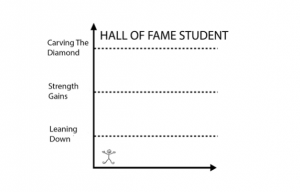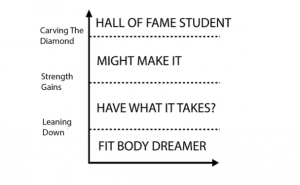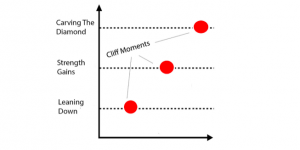If we’re being completely honest, stretching is about as much fun as visiting a drunk dentist in a third world country.
However, unlike visiting that dentist, it’s a necessary component for everyone trying to look, feel and perform their best in and out of the gym.
However, it’s often ignored and brushed off by many as something that’s just not important. Who has time to sit there and relax? You could be hitting supersets of bicep curls while balancing on a Bosu ball with one leg instead.
One thing you probably didn’t realize is that stretching, specifically anabolic stretching, can dramatically speed up muscle growth, strength, and recovery. In this article, I’m going to outline the main problem with “traditional” stretching and eight ways anabolic stretching can bring your body to the next level.
The BIG Problem With Traditional Stretching
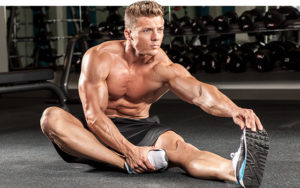
The main problem with conventional stretching programs is that they often work against your body’s physiology rather than with it.
If you take a tight, cold muscle and expose it to prolonged “standard” stretching, you could incur scar tissue and micro-tearing, which could then lead to muscle weakness, inflexibility, and injury.
Furthermore, many professionals have prescribed stretching before exercise as a form of warm up. This is wrong.
A study published in The Journal of Strength and Conditioning Research concluded that if you stretch before you lift weights, you could find yourself weaker and “off balanced” in your workouts. Not something we want when hoisting hundreds of pounds of metal.
Instead, the ideal time to stretch for overall health, performance and increasing muscle mass is right after your workout. At this point, the connective tissues are already being stretched from the blood volume in the muscles.
By manually stretching the muscles post workout, you get a double whammy effect; dramatically increasing the muscle fibers growth potential. And if you include some anabolic stretching, your results will 10x. Here are 8 More reasons to stretch:
1. It flips the muscle building switch to ON
Anabolic stretching activates mTOR. The more mTOR is activated, the greater protein synthesis will be.
2. It creates an occlusion effect.
Anabolic stretching lasting 45+ seconds will create an oxygen deprived environment in the stretched muscle. As a result, lactate will build up initiating the release of super anabolic, IGF-1 inside the muscle. The more IGF-1 released, the more killer muscle you’ll build.
3. It increases IGF-1 sensitivity.
More IGF-1 is not better if your body isn’t responding well to it. By following anabolic stretching protocols, you will increase the sensitivity of the IGF-1 receptors dramatically; making the anabolic response even greater.
4. It causes intramuscular hyperthermia
After you release the anabolic stretch, there will be a surge of blood flow into the muscles. This phenomenon is known as intramuscular hyperthermia. If your blood contains adequate nutrients via proper post, peri, and pre-workout nutrition, you’ll dramatically increase the facilitation of muscle recovery and growth.
5. It fatigues the muscles, stimulating more growth and power.
Since you’re using the muscles to perform the anabolic stretch, you’ll start to fatigue them from the intensity of the stretch. Fatiguing a muscle is a direct precursor to stimulating muscle growth.
6. Anabolic stretching transfers over to your workout.
Flexibility does not equal mobility. Many strong athletes are rigid, and many flexible users are weak. With anabolic stretching, you’ll be building strength while becoming more flexible.
Furthermore, unlike standard stretching, you’ll not only improve the parallel elastic component (PEC) of the muscle, but also the series elastic components (SEC). AS improves dynamic mobility and are much more transferable to movement performance.
7. Anabolic stretching bulletproofs your muscles from tearing
Tears and pulls happen when a muscle is violently stretched. Following AS protocols will help prepare the muscle to deal with something like this, making it almost bulletproof to injury.
8. AS strengthens your tendons
The majority of lifters hit a plateau and can’t get stronger because their tendons are weak. AS techniques strengthen tendons to overcome this problem.
Next Steps
Get it straight. The actual time commitment to doing these anabolic stretches is minimal – 5-10 minutes at most following a weight training session.
Grab some light weights and hold the stretch for 30-60s to unleash a flood of anabolic hormones. My favorite is the anabolic pec fly stretch.
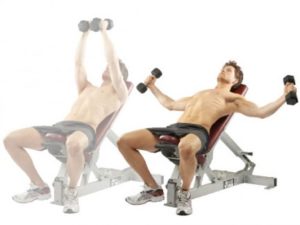
It’s a surefire way to force the body to supercharge your muscle gaining potential, double recovery and see noticeable improvements in your muscle fullness and separation within the next 6-8 weeks.
Yeah, it’s still going hurt, but this time you’ll have a ton of extra head turning muscle to show for it!
If you are ready for the next level and detailed plan to supercharge testosterone and muscle growth by 318%, pick up the Anabolic Stretching Program For Just $9 during its pre-release discount!

